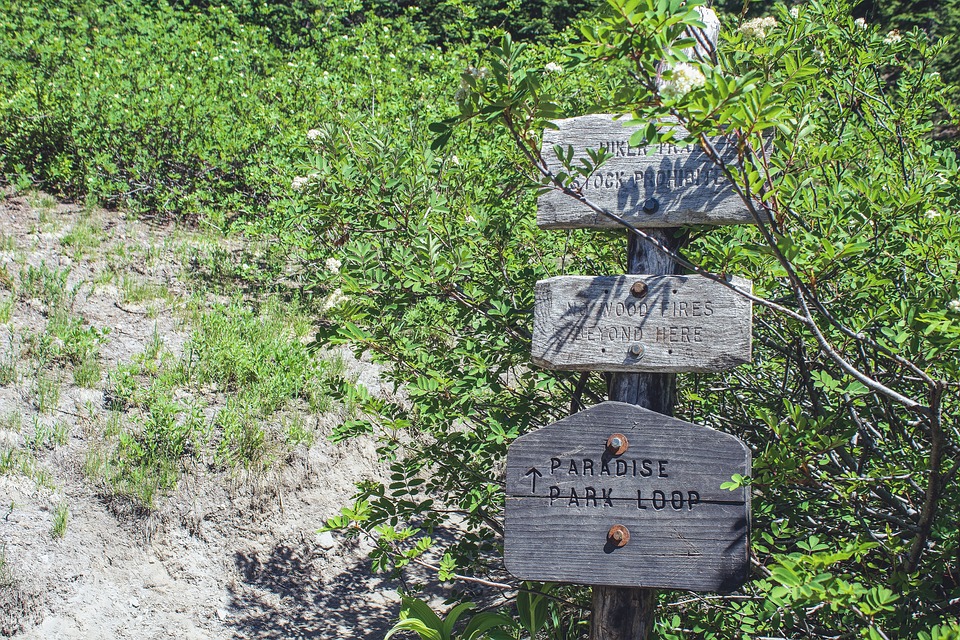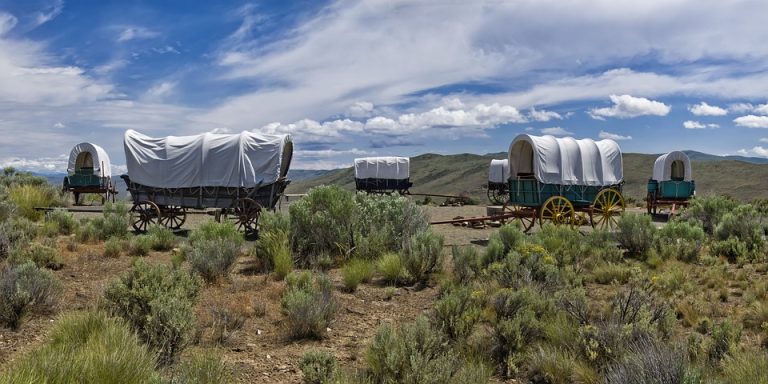
From Wagon Wheels to Highways: Traversing the Oregon Trail in Modern Times
The Oregon Trail is one of the most iconic routes in American history, stretching 2,000 miles from Missouri to Oregon. It was a treacherous journey for pioneers in the mid-19th century, as they braved harsh weather conditions, disease, and hostile Native American tribes to make their way westward. Today, the Oregon Trail is a popular tourist destination, with modern-day travelers tracing the footsteps of their ancestors in a variety of ways.
One of the most popular ways to experience the Oregon Trail is through a road trip. The route is marked by historic sites, monuments, and interpretive centers that offer a glimpse into what life was like for pioneers on the trail. Starting in Missouri, travelers can visit sites like the National Frontier Trails Museum in Independence, where exhibits detail the history of the Oregon Trail and other westward routes like the Santa Fe Trail and California Trail. Other highlights include the Pony Express National Museum in St. Joseph, where visitors can learn about the legendary mail delivery service that operated along the trail, and the Chimney Rock National Historic Site in Nebraska, a towering rock formation that was a landmark for pioneers on the trail.
As travelers make their way west, they can stop at various landmarks along the trail, such as Independence Rock in Wyoming, where pioneers left their mark by carving their names into the rock. The trail also passes through South Pass, a mountain pass in Wyoming that was a critical point on the trail and helped pioneers avoid the rugged terrain of the Rockies. Today, South Pass is a popular spot for hiking and exploring the nearby Wind River Range.
For those who want to experience the trail on foot, there are several hiking trails that follow the Oregon Trail route. The most popular is the Oregon National Historic Trail, which stretches from Missouri to Oregon and covers over 2,000 miles. The trail passes through a variety of landscapes, from prairies and deserts to mountains and forests, and offers hikers a chance to see the same sights that pioneers did over 150 years ago. Hikers can choose to tackle the entire trail or just a portion of it, depending on their preferences and time constraints.
Another popular way to experience the Oregon Trail is through a guided tour. These tours offer a more in-depth look at the history of the trail and are led by knowledgeable guides who can provide insight into the challenges faced by pioneers on the trail. Some tours are conducted by bus or van, while others offer a more immersive experience, such as wagon train reenactments or horseback rides along the trail.
For those who want a more modern take on the Oregon Trail, there are several video games that simulate the experience of traveling the trail. The most well-known of these is the classic game Oregon Trail, which was first released in 1971 and has since been updated and adapted for modern platforms. In the game, players take on the role of a pioneer family and must navigate the trail while dealing with various challenges like hunting for food, repairing their wagon, and fording rivers. The game has become a cultural touchstone, with many people fondly remembering their experiences playing it in school or at home.
In conclusion, the Oregon Trail remains a popular destination for modern-day travelers looking to connect with America’s past. Whether by road trip, hiking trail, guided tour, or video game, people from all walks of life can experience the thrill of traversing this iconic route. From wagon wheels to highways, the Oregon Trail may have changed over the years, but its enduring legacy continues to inspire and captivate people around the world.


